Menu
You can manage your membership and billing method by clicking here
Terms of Service
Privacy Policy
Copyright © 2025 Office of Immigration Australia, a private company registered in Australia. All Rights Reserved.

Checking membership status...
 EXCLUSIVE MEMBERS ONLY ACCESS
EXCLUSIVE MEMBERS ONLY ACCESSTo access this month’s edition & Member’s only resources, enter your registered email address.



Exclusive Australian Immigration News, Updates & Opportunities
This bulletin is for members only, and provides our members with month to month updates on Australian immigration policy changes and consequential opportunities. Opportunities are found via federal and state government policy shifts for the demand and supply for certain occupations.
This bulletin will keep you up to date so that you do not have to employ expensive immigration lawyers to provide you with monthly research.
January 2023 has arrived and a huge HAPPY NEW YEAR to all Australian Immigration Bulletin Members!
With a strong lead up from 2022, the year 2023 is already off to a good start with migration arrivals ‘starting to take off’!
We expect that 2023 will be one of the biggest years in Australian immigration history!
In this months bulletin, Immigration Minister Andrew Giles has acknowledged that the lack of skilled workers is one of the biggest economic challenges facing Australia, and a new report reveals skilled migration to be the solution to these challenges.
Also in this months bulletin, we discuss some key reasons that cause application delays and what steps you can take to speed up your visa application!
In this month’s ‘Federal News‘, released data show that in the year ending 30th June 2022, overseas migration contributed a net gain of 171,000 to Australia’s population. This represents a very large increase in net overseas migration compared to the 2020-21 financial year – which saw a net loss of 85,000 people.
In other federal news, the Australian government is in the early stages of examining major changes to the country’s immigration system, with a focus on strategies for ensuring skilled labour for businesses, enhancing worker productivity, and navigating issues associated with an aging workforce.
As of 1st January 2023, the new Ministerial Direction for prioritising skilled visa applications remains in effect. This new Ministerial Direction has ceased the Priority Migration Skilled Occupation List (PMSOL), as sectors that had occupations on the PMSOL also had a critical shortage of many other occupations that weren’t on the PMSOL. With the new Ministerial Direction more occupations within these sectors will be processed faster and more efficiently!
The new Ministerial Direction states the following:
You can view the ‘Australia Skilled Occupation List’ section of this months bulletin for further information.
In this month’s ‘State News’, skilled workers residing offshore remain eligible to be considered for ALL State and Territory nominations! Please view the State Migration Section of this month’s bulletin for all State and Territory program updates and opportunities available!
In this month’s ‘Economic News’, Australia’s unemployment rate has fallen back to its lowest point since 1974, but some experts question whether it can stay there much longer as borders reopen and employers regain access to a global labour pool.
In this month’s ‘Student News’, universities are now calling on the federal government to streamline and simplify the migration process to help attract the world’s best researchers and drive economic growth! We also discuss the 5 cheapest Australian universities for international students!
All this and much more in the January issue of The Australian Immigration Bulletin! Let’s take a deeper look at what has happened so far and what is planned for the remainder of January 2023 in Australian Immigration, so that you can start planning!
In case you missed it…
We are excited to announce that Career Wise English School’s IELTS Learning Platform is now available in the member’s area and is FREE for ALL active members! Our new partnership with Career Wise English allows ALL our active members FREE access to a comprehensive IELTS Express learning platform to practice, study and improve your English and IELTS score. The IELTS exam is one of the key recommended exams you will need to take in order to Apply for Skilled Migration to Australia and the better your IELTS score, the higher points you will get for the‘English language category’when submitting your Expression Of Interest (EOI). The advanced English and IELTS platform allows all members to practice Mock IELTS Exams, learn cutting edge tips and gain a greater understanding of how to achieve a Band 7+.
If you haven’t already, please click on ‘IELTS Express’ in the ‘Member’s Area main menu’ to setup your free user account.
We are again also excited to announce “ImmiConnect” which is now available in the member’s area. ImmiConnect is the Office of Immigration Australia’s Employer Sponsored program which allows overseas workers to receive job interview invitations from Australian employers, when job opportunities come available.
The program aims to bring globally mobile, highly-skilled and specialised individuals to Australia who can fill critical areas of need.
ImmiConnect is exclusive to active Australian Immigration Bulletin Members only. You must be a current Australian Immigration Bulletin Member to be eligible to receive job interview invitations.
If you are interested in receiving these invitations, please sign up for free by Clicking “ImmiConnect” and adding your name and email address.
As legislation and travel requirements are constantly changing, we strongly recommend obtaining advice on your individual situation from a Registered Migration Agent.
Please click here to book a consultation with one of our Registered Australian Migration Agents, located in Australia.
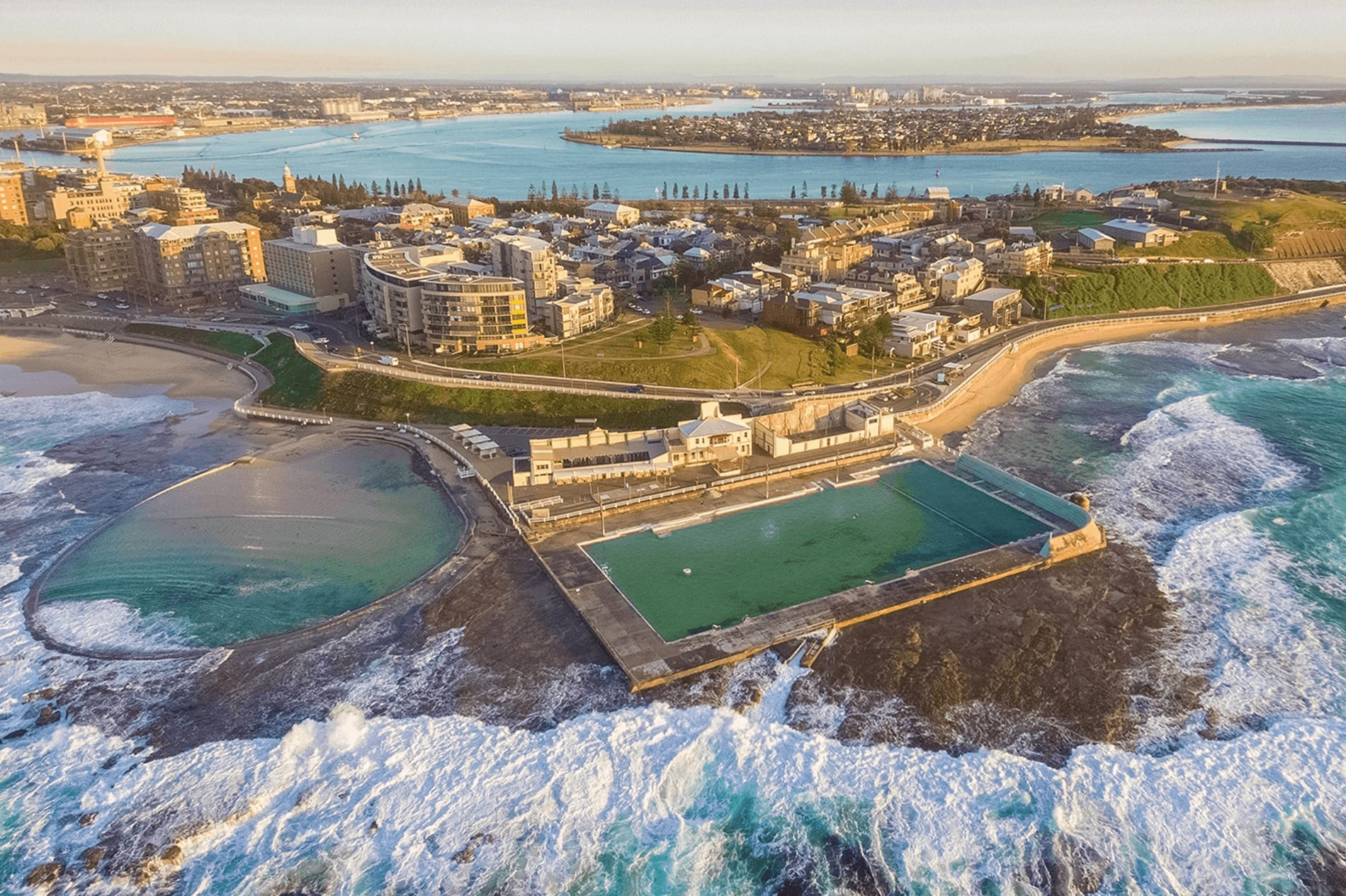
Australia’s 2022-23 Migration Program has been carefully designed to boost the social and economic outcomes that meet Australia’s needs. In fact, the migration programme was first launched in 1945 following the aftermath of World War 2. Given this long history, it is worth understanding how it works. The Australian Immigration Bulletin exists to help explain this in more detail.
As we’ve entered the 1st month of the year, join us for a look at the latest news and developments in the world of Australian Immigration!

Alireza Faghani, an Iranian international football referee now living in Australia, has officiated high-profile matches of the 2022 FIFA World Cup like Portugal vs Uruguay and Brazil vs Serbia.
Alireza Faghani is no stranger to the international stage. The son of a referee, Mr Faghani officiated four matches at the 2018 FIFA World Cup in Russia. His resume also includes such important matches as the 2014 AFC Champions League Final, the 2015 AFC Asian Cup Final, the 2015 FIFA Club World Cup Final and the 2016 Olympic Football Final.
Currently the 44-year-old is among the 36 referees, 69 assistant referees and 24 video match officials taking charge at the 2022 FIFA World Cup in Qatar.
Mr Faghani, who started as a referee in 1994 after a short-lived playing career, said it was always his target to officiate at the highest level.
He said: “My dream came true in 2014 and 2018, and it is really a great honour and privilege for me to be appointed as a referee for the 2022 World Cup.”
As a well-known figure in world football, the Kashmar-born official had options when it came to choosing a new country to call his home base.
However, he elected to migrate to Australia in September 2019 and has since been refereeing in the country’s A-League football competition.
“Because of my job as a referee, I had a chance to travel to many countries. Sometimes, I had to stay for a week in that specific country just for a single match. For tournaments, my stays would be even longer – depending on the number of matches. I had a chance to travel to Australia both to officiate a single match and then the AFC Asian Cup [in 2015]. I had to stay about 40 days in Australia for that tournament,” he said.
“When I spoke with some friends who are living in Australia, I felt that living in Australia would suit my family situation better. So, I consulted with my family about the move,” said Mr Faghani, whose brother Mohammad Reza is also a referee in Sweden.
“At the time, my son was doing his last year in high school, and he was thinking about continuing his tertiary education. So, my family received the idea of migrating to Australia very positively,” he added.
Faghani said: “Fortunately, the visa processing procedure went well. And finally, we migrated to Australia.”
The brilliant lifestyle and various opportunities were not the only things that attracted him down under.
He also admires the well-established “system” of Australian football.
“There is a system in place here in Australia. There might be minor issues here and there, but in general, personal views don’t influence the system,” Mr Faghani said.
He said: “When it comes to the quality of the football regime and organisation, I believe planning comes first here in Australia. Everything is in accordance with the planning.”
“Apart from the pandemic that interrupted so many things in so many settings all around the world, everything is running as planned in Australia. However, when it comes to planning, I have to confess that we might have some problems in Iran.”
While he now lives in Australia, Mr Faghani remains proud to represent his homeland.
“I have always tried to be a good representative for Iran and Iranians. On the international stage, I still conduct my career under Iran’s name,” he said.
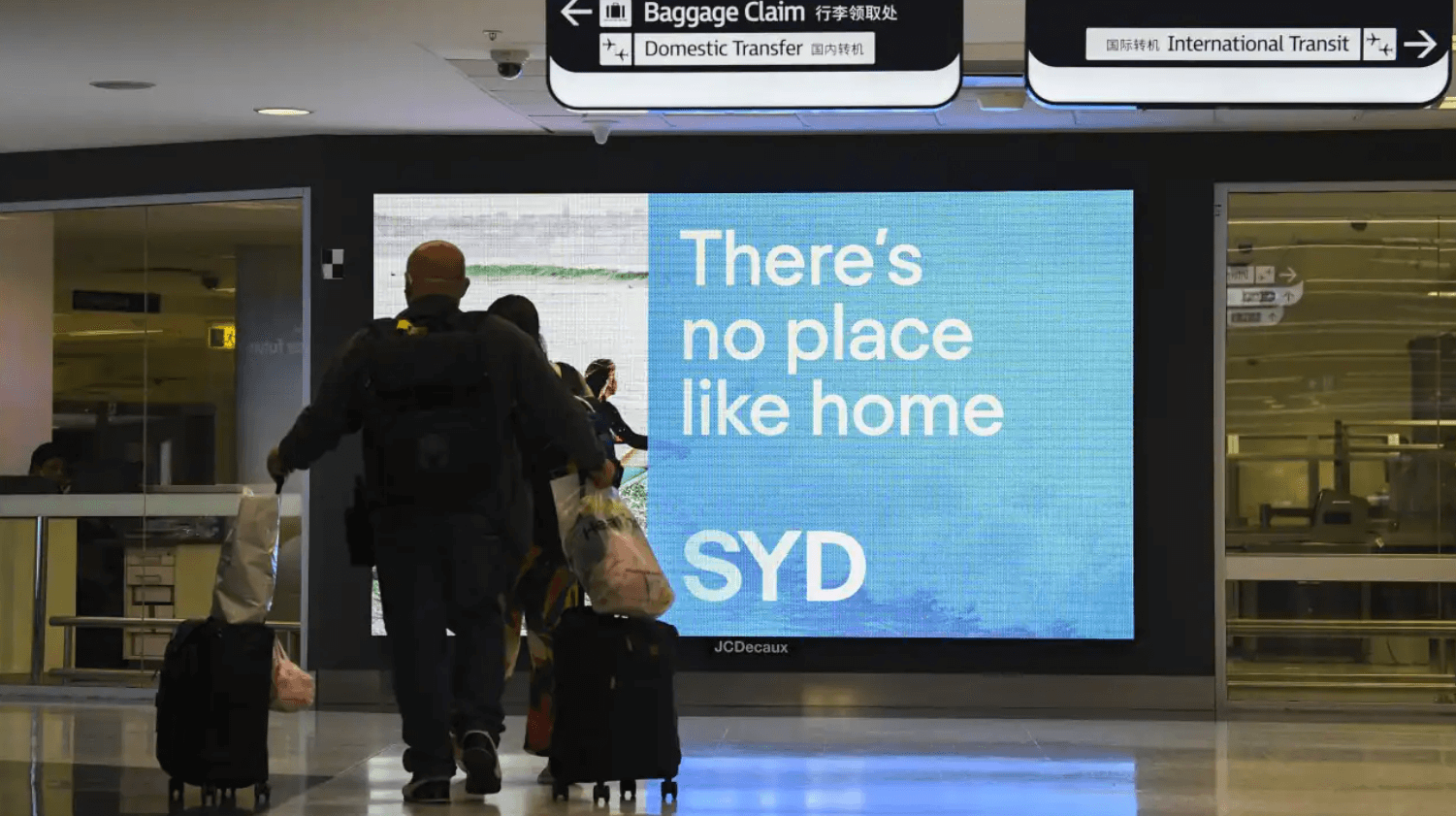
One of the most time-consuming parts of the visa application process is waiting for a decision to be made.
While the time it takes for your visa application to be processed is out of your hands, there are steps you can take before submitting your visa that would give you the best chance of receiving a decision sooner rather than later, within the timeframes provided by the Department of Home Affairs.
‘Check twice, submit once’ is the approach recommended by the Department in applying for visas and speeding up the process.
It would be best to submit your visa application without any missing documents. This ensures that the application is ‘decision-ready’.
Character
All visa applicants to Australia must be able to demonstrate that they meet the character test. Providing all required police checks with all your names and aliases included is a helpful first step. If you have a past conviction or record on your police check, you must declare it where it is asked on the application form.
Sometimes, supporting and explanatory documents can be submitted at the time of application to provide more context.
Health
Similarly, you must be honest when completing the health questions in your visa application form. If you have or had a significant medical condition, you must provide documentation to explain how you meet the health requirements despite your condition.
Where a health examination is required by the Department of Home Affairs, ensure that you book an appointment in a timely manner.
If you follow all the above steps, you will be in the best position to receive an outcome on your visa application more quickly.
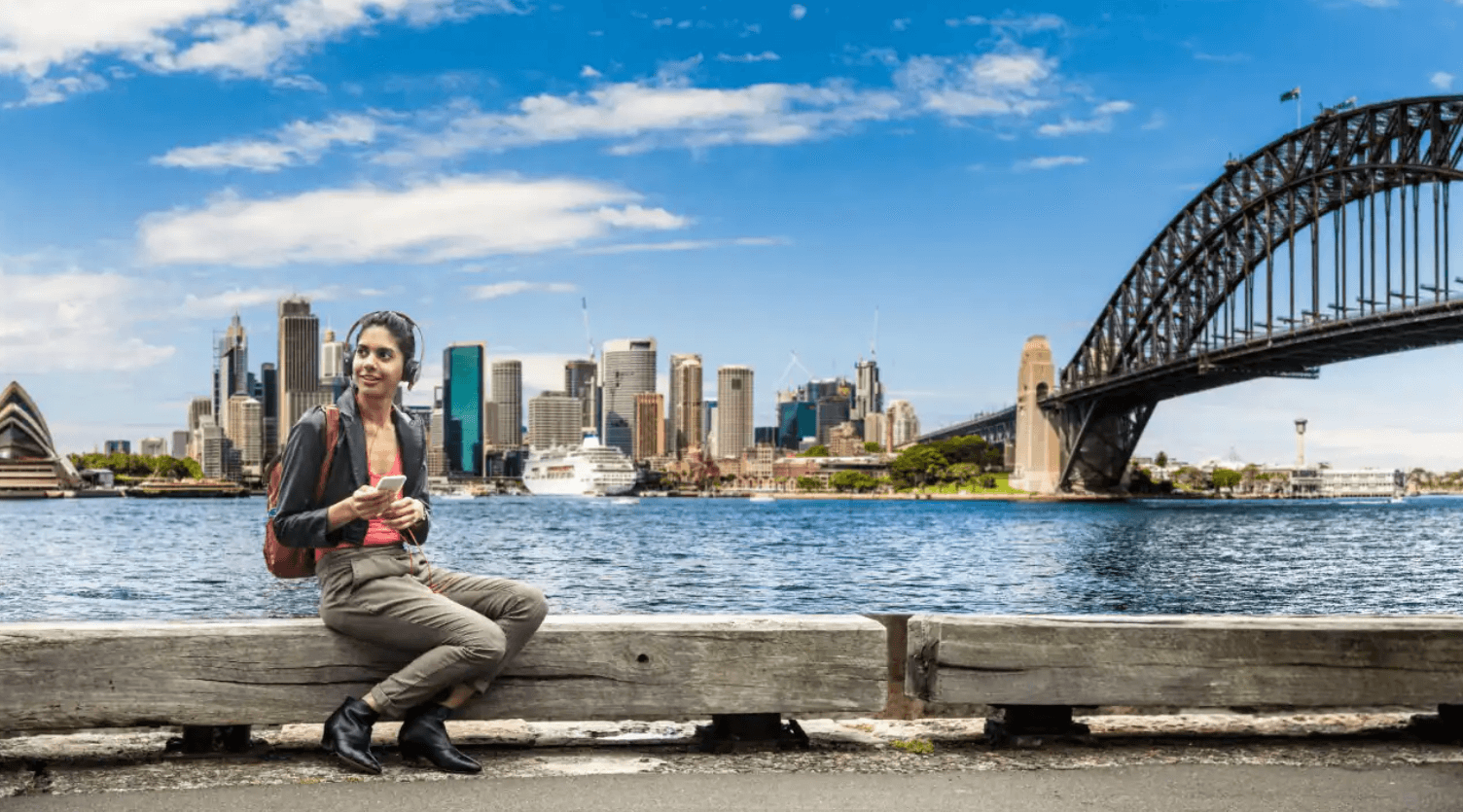
The data presented in this release are annual, for the financial year ending 30th June 2022.
COVID-19 travel restrictions
The Australian Government imposed travel restrictions on those travelling to or from Australia in March 2020, which were gradually lifted from 1 November 2021. Australian borders were reopened to most travellers from 21 February 2022.
Net overseas migration
Net overseas migration is the net gain or loss of population through international migration to and from Australia.
In the year ending 30 June 2022, overseas migration contributed a net gain of 171,000 to Australia’s population. This represents a very large increase in net overseas migration compared to the 2020-21 financial year – which saw a net loss of 85,000 people.
Historically, more people migrate to Australia than migrate away each year, meaning overseas migration has been a significant source of population gain for Australia rather than loss. Overseas migration data in Australia shows a pattern of variability over time, due to the ever-changing global and domestic factors affecting migration. The impact of the COVID-19 pandemic and international travel restrictions added to this variability, as did the easing of these international travel restrictions from late 2021 which has resulted in people being able to migrate to Australia again.

The Australian government is in the early stages of examining major changes to the country’s immigration system.
According to statements by Home Affairs Minister Clare O’Neil, the government has engaged a team of experts to conduct a comprehensive review designed to ensure the country’s immigration system “serves Australia’s national interests and complements the skills and capabilities of Australian workers.” While details on the scope of the report are still forthcoming, it is expected to focus on strategies for ensuring skilled labor for businesses, enhancing worker productivity, and navigating issues associated with an aging workforce.
The experts’ report which is titled “A Migration System for Australia’s Future” is expected to be delivered to the government by the end of February 2023. The expert panel guiding the review is intended to conduct extensive consultations with migrants, unions, businesses, states and territories, and other key stakeholders.

Since 1st June 2022, the Department of Home Affairs has finalised more than 43,000 temporary skilled and 47,000 permanent skilled visas.
In November, Immigration Minister Andrew Giles told the Committee for Economic Development of Australia (CEDA) migration conference that Australia’s visa’ backlog, which was once at almost one million applications, was down to 755,000.
Mr Giles said the government was on track for a backlog of around 600,000, which is almost half the number of applications in the system when Labor took office in May 2022.
It is understood that around 442 extra staff are now working on temporary and migration visa processing compared to the start of May 2022.
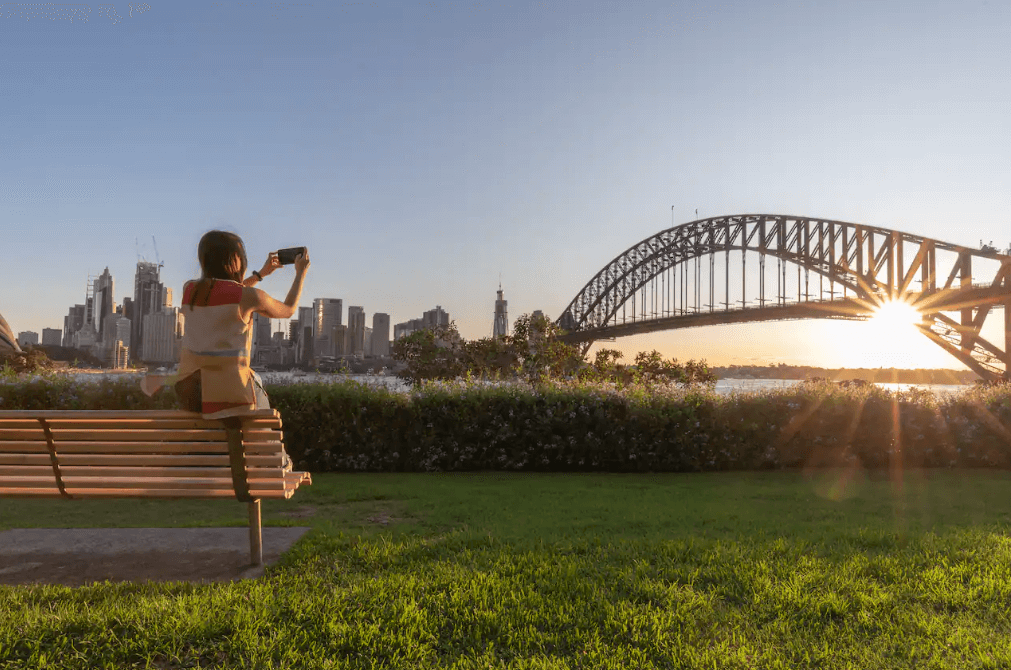
Highlights: Amendments in subclass 190 visa
The skilled migration program for 2022-2023 was announced by New South Wales of Australia recently. New South Wales has changed its visa requirements for candidates of skilled nominated visas, that is, subclass 190.
The changes have done away with certain requirements regarding work experience and the scoring system. No work experience or cut-off points would be required for subclass 190.
Know more about the amendments in the Australian subclass 190 visa
In September 2022, the government of NSW (New South Wales) published the skills lists and announced implementing eligibility requirements for minimum point scores and work experience for Subclass 190 and Subclass 491 visas.
The government of NSW (New South Wales) has eliminated the scoring system and work experience criteria used in Skilled Nominated Visa subclass 190. This change is to help NSW compete against the increased availability of subclass 189- Skilled Independent visa issued by the Australian Department of Home Affairs.
The invitation process conducted through selection is used to make sure that the nominees of NSW are having the required skills needed to boost the economy of the state.
Other immigration pathways for Australia
Nomination for the subclass 190 visa is competitive. The authorities of NSW are encouraging candidates to consider other immigration pathways on the website of Home Affairs and not wait to be invited to apply for NSW nomination.
The selection rounds are not scheduled and can be conducted at any time of the year.
Factors such as score, proficiency in English, and work experience are considered during invitation rounds. Being sent an invitation for NSW nomination is at the sole discretion of the NSW Government.
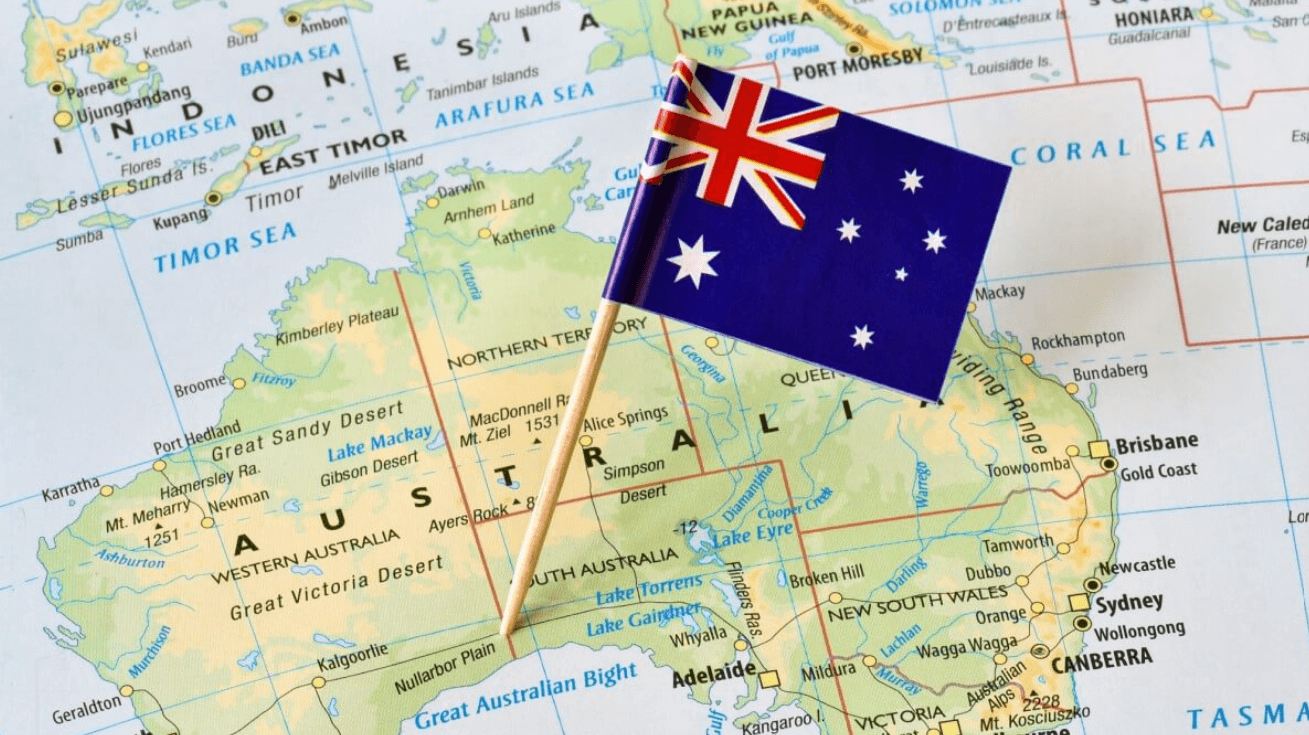
If you are interested in applying for a general skilled migration visa to Australia, it is important to have a good understanding of the skilled visa options and how the migration points test works, so that you can maximise your chances of being eligible to apply for a skilled visa.
A general skilled migration visa is an option available to skilled workers who are seeking to qualify for a skilled visa independently, or under a state or family sponsorship. It is an alternative to an employer sponsored visa.
One of the key criteria to qualify for a general skilled migration visa is the points test (a criterion that does not apply to employer sponsored visas). This is often the most challenging aspect for prospective skilled visa applicants to overcome when seeking an invitation to apply for the relevant skilled visa.
If you are considering applying for a general skilled migration program visa, an important concept to understand is the Expression Of Interest (EOI).
If you are considering applying for a general skilled migration visa, it is important to be aware that for certain visas in this visa class, you will first be required to lodge an EOI with the Department of Home Affairs (the Department) through SkillSelect. The EOI is not a visa application, but rather, it is the process by which you can express your interest in applying for the relevant skilled visa (It’s important to note, that there is NO fee to submit an EOI).
This requirement applies to the following skilled visa subclasses:
Let’s take a brief look at each of these visas below:
The ‘subclass 189’ is a federal sponsored visa that grants automatic permanent residence in Australia. It is subject to nil visa conditions or obligations. For this reason, it is often considered to be the most flexible of the skilled visa options available.
A subclass 189 points-based visa allows you to live and work in any state or territory permanently.
The ‘subclass 190’ is a state/ territory sponsored permanent residence visa. It is another points-based visa for which invitations are issued throughout each month by individual states and territories. One of the benefits of applying for state nomination is that you will be granted an additional 5 points.
An important aspect to consider, which does not apply to the subclass 189 visa is that there is an added step in the application process. In this case, you must also apply for nomination approval to a state or territory government. Only upon receipt of an invitation from the relevant state or territory to which you apply can you then apply to the Department for the visa itself.
Your obligations as a subclass 190 visa holder are that you must commit to your nominating jurisdiction’s obligations and commit to residing in your nominating State or Territory for two years from visa grant.
The ‘subclass 491’ is also a points-based state/ territory (or family) sponsored visa. It is a regional visa with a term of five years. The Department issues invitations for family sponsored EOI applications only (in invitation rounds). Invitations for state sponsorship are issued by individual states and territories throughout each month. This will grant you an additional 15 points for the nomination.
Being a provisional visa, this means it provides a pathway to permanent residence in Australia with the Subclass 191 Permanent Residence (Skilled Regional) visa, subject to meeting specified requirements.
Be mindful that as a subclass 491 visa holder, you must abide by visa condition 8579, which requires you to live, work and study in a designated regional area of Australia. For migration purposes, most locations of Australia outside of major cities (Sydney, Melbourne, Brisbane, Perth, etc.) are classed as regional areas.
If your EOI is successful, you will receive an invitation to apply for the visa, as specified in the invitation letter. This then enables you to proceed with lodgement of your visa application (provided you meet all other visa lodgement and visa grant requirements).
Please note, the below State and Territory program updates is a general overview only. It does not take into account any of your personal circumstances. You must check the State/Territory information carefully to ensure you can meet all the requirements for nomination.
Australia is currently facing a shortage of skilled migrants to fill workforce demands. In response, states and territories have been easing the conditions of their visa programs to help attract skilled workers from overseas.
Below is the monthly update for some of the State and Territory opportunities available.

Program Status Update
People residing offshore are now eligible to be considered for Northern Territory (NT) nomination. Invitations to apply for Northern Territory nomination will be via the ranking system.
The ‘Northern Territory Offshore Migration Occupation List’ identifies the occupations in current demand in the Northern Territory. This List is important if you want to apply for Northern Territory nomination for either a:
The ‘Northern Territory Offshore Migration Occupation List’ is only applicable for those applying for NT nomination from outside Australia, under the Priority Occupation stream.
Please note: The Northern Territory government has advised that offshore applicants will generally only be offered a Northern Territory nomination for a subclass 491 visa. Subclass 190 nominations will only be offered in exceptional circumstances, such as cases where the applicant has strong connections to the NT.
The NT advises eligible applicants to apply as soon as they meet the eligibility criteria. To receive a nomination from the NT Government, you must:
Before submitting an EOI for The Northern Territory, applicants should check that they meet all eligibility requirements.
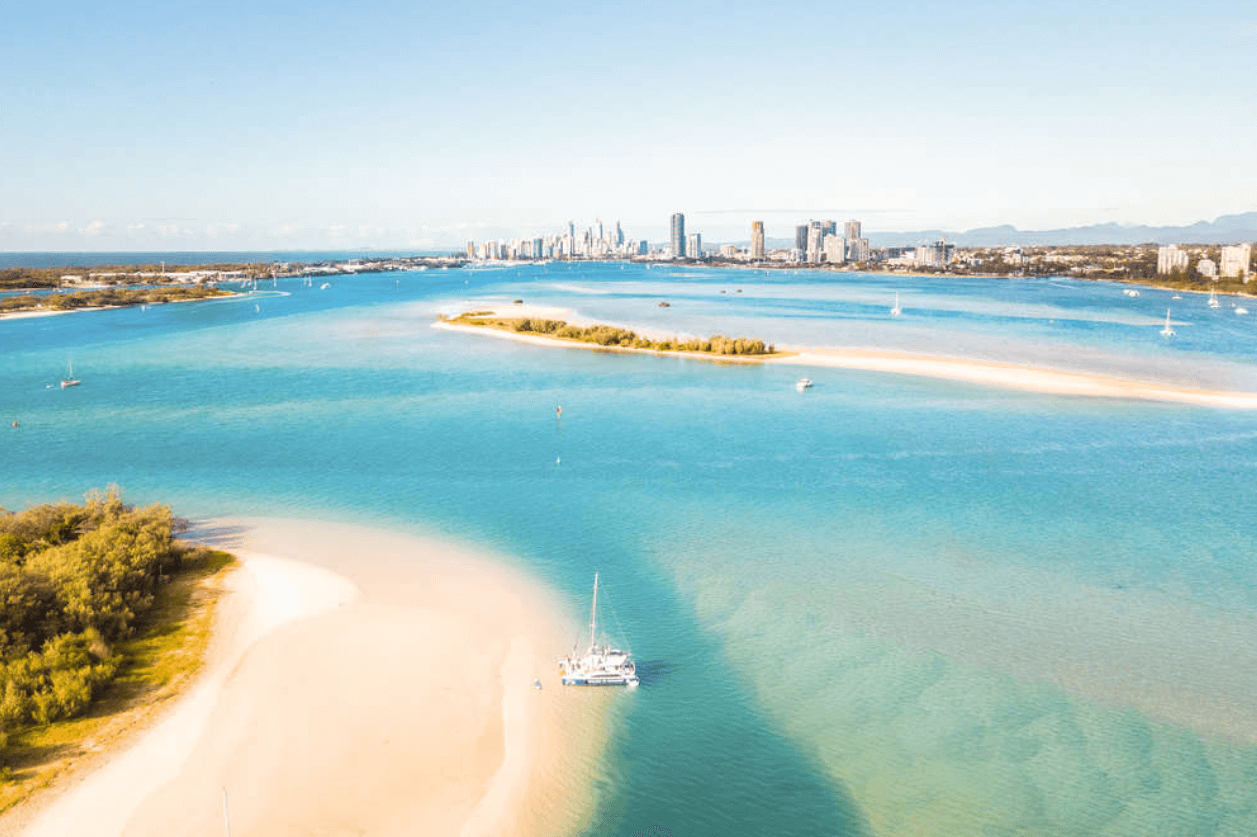
Program Status Update
To manage Queensland’s COVID recovery response, applicants currently residing offshore are now able to apply.
Depending on your occupation and situation, there are two state nomination options available for skilled migrants through Queensland.
For Queensland state nomination, prospective applicants must meet the Department of Home Affairs requirements, state-specific occupation requirements and have skills in an occupation that is available on the Queensland Skilled Occupation List.
You may undertake employment once onshore in Queensland through:
Offshore applicants meeting the minimum published requirements can now lodge a Registration of Interest (ROI).
Migration Queensland, the state government agency responsible for skilled visa nomination, has stated they will only accept a brand new EOI submitted on Skillselect from 16 August 2022. Updating existing EOI’s submitted prior to 16 August 2022 will not be invited.
The agency also requests all applicants to ensure they have carefully read and understood the new criteria relevant to their stream or pathway, and that they meet the criteria before submitting an Expression of Interest (EOI).
The 2022-23 Skilled Migration Program will be open to both onshore and offshore applicants and provide pathways for skilled workers, graduates, and small business owners.
Before submitting an EOI for Queensland, applicants should check that they meet all eligibility requirements.
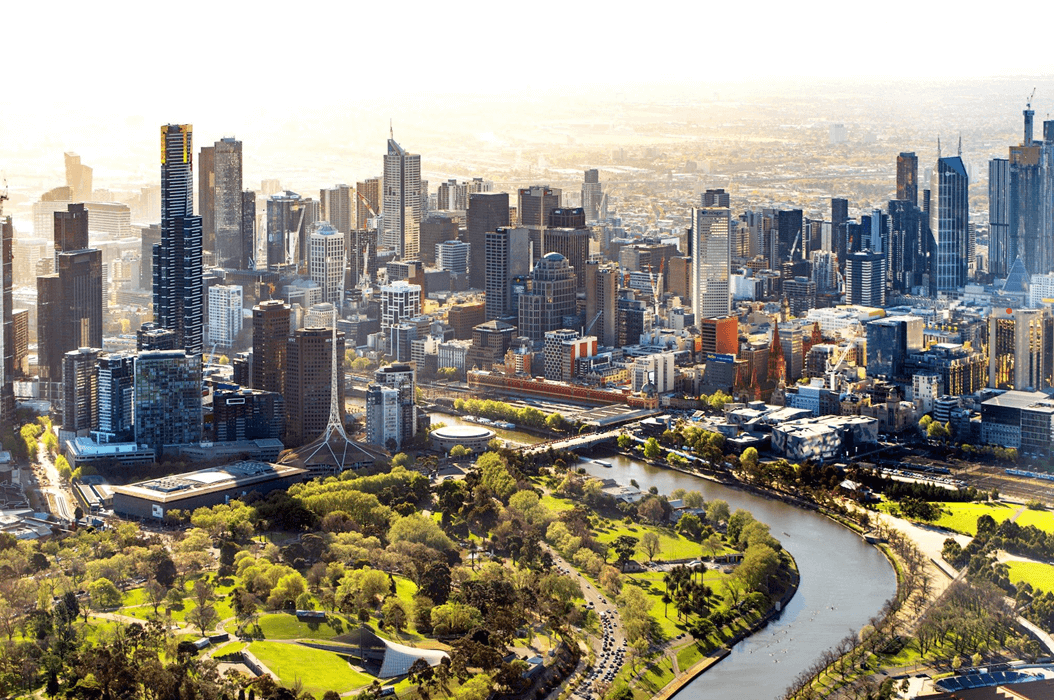
Program Status Update
Now open to offshore applicants, the program provides skilled migrants with a pathway to permanent residency in Victoria. The skills that successful applicants bring to Victoria benefits employers and the broader Victorian economy.
The program provides two visa pathways.
The Skilled Nominated visa (subclass 190) is a permanent visa for skilled migrants to live and work anywhere in Victoria. The Skilled Work Regional (Provisional) visa (subclass 491) is for skilled migrants to live and work in regional Victoria and provides a pathway to permanent residency through the Permanent Residence (Skilled Regional) visa (subclass 191).
As with previous years, applicants will first need to submit a Registration of Interest (ROI) and then be selected on competitive merit to apply for visa nomination.
Both onshore and offshore applicants are eligible to submit a Registration of Interest (ROI) for both the subclass 190 and subclass 491 visas.
This is a significant change from the 2021-22 Skilled Migration Program, which did not allow applications from individuals overseas. Additionally, the new program is a great opportunity for applicants who work in a variety of occupations, particularly since the 2021-22 program was previously aimed at applicants in science, technology, engineering, mathematics and medicine (STEMM).
If you submitted a ROI during the 2021-22 program, you must submit a new ROI to be selected to apply for the 2022-23 program.
Your ROI will remain in the system for selection until it is withdrawn, selected or the program year ends. The final day to submit a ROI is Friday, 5 May 2023.
Before submitting an ROI for Victoria, applicants should check that they meet all eligibility requirements.
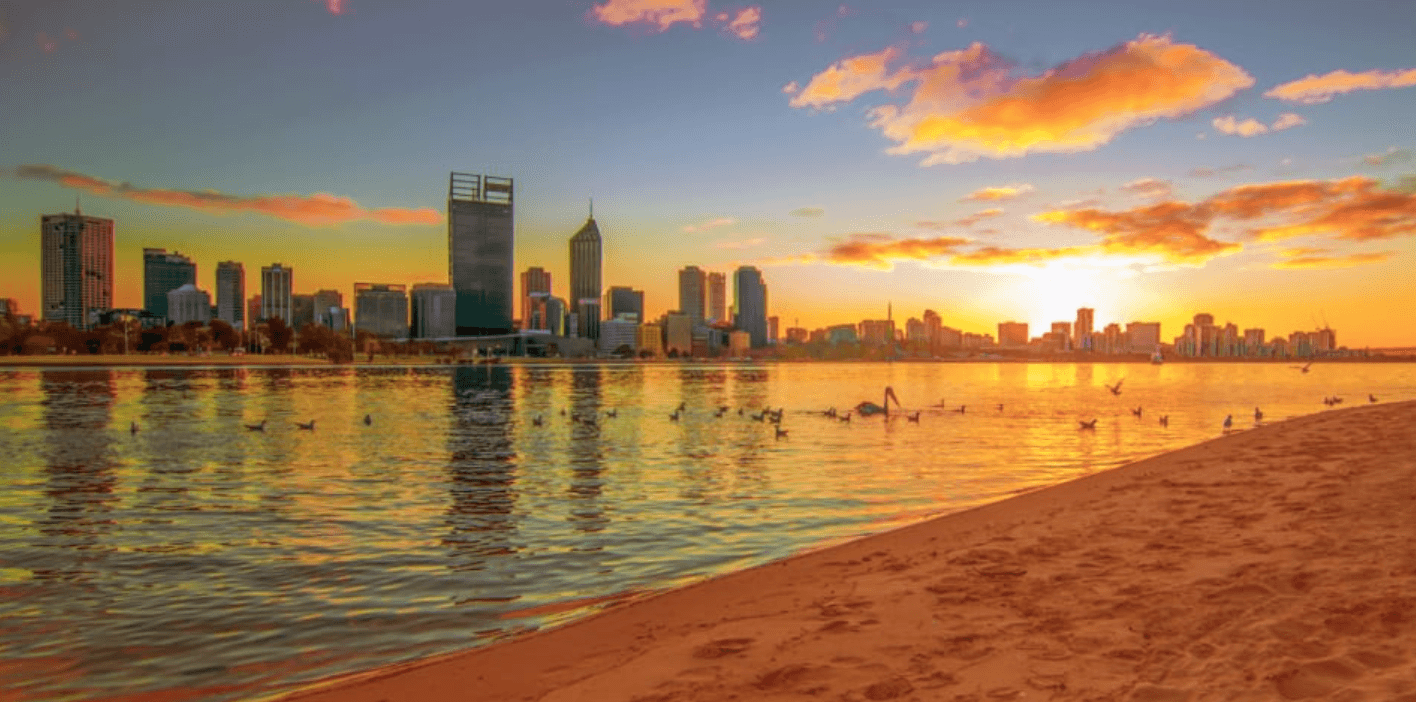
Program Status Update
People residing offshore are now eligible to be considered for Western Australia (WA) State nomination. Invitations to apply for WA State nomination will be via the ranking system.
The Western Australian Skilled Migration Occupation List identifies the occupations in current demand in Western Australia. This List is important if you want to apply for Western Australia nomination for either a:
Western Australia has increased occupations eligible for skilled migration by roughly 60 per cent for the 2022-23 program. New occupations have been added to both the Western Australian Skilled Migration Occupation List Schedule 1 (WASMOL Schedule 1) as well as the Western Australian Skilled Migration Occupation List Schedule 2 (WASMOL Schedule 2). In total, more than 100 occupations were added, including 46 in the health care sector, bringing the total to 276 occupations.
Some examples of the newly added jobs include:
For more information, consult the combined list of eligible occupations.
From 1 July 2022, the WA Government is also temporarily waiving the $200 application fee. Additionally, applicants who apply after this date will no longer need to provide proof of sufficient funds for WA State nomination.
Under the Western Australia Skilled Migration Program 2022-23, the English language requirement has also been reduced for applicants at the Manager and Professional occupation level. Applicants at this level will only need to demonstrate a “competent” proficiency in English (which is a minimum ‘IELTS score of 6’ for each of the 4 categories).
Before submitting an EOI for Western Australia, applicants should check that they meet all eligibility requirements.
With world-class education, healthy job opportunities and strong public health management, WA is a safe place to live, work and study.
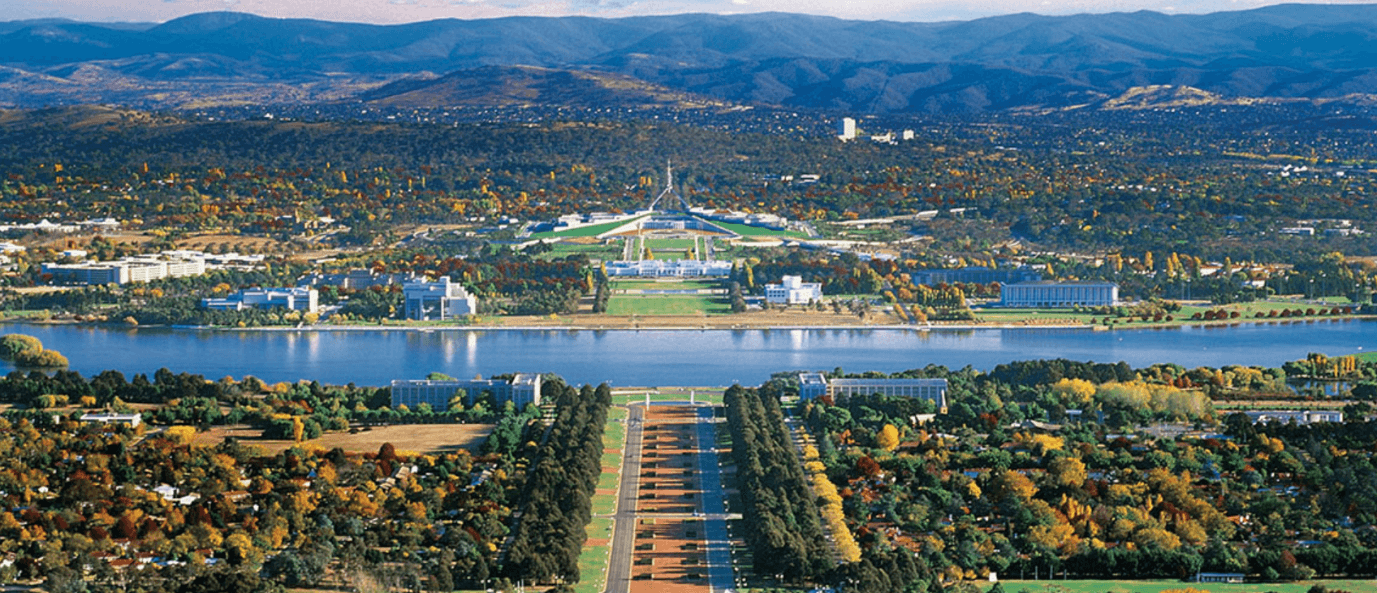
Program Status Update
The ACT Critical Skills List identifies the occupations in current demand in the ACT. This List is important if you want to apply for ACT nomination for either a:
The ACT Government will update this list every four months to make sure that the ACT Skilled Migration Program adapts and responds to the evolving critical skills needs of the ACT economy.
The Canberra Matrix is weighted to ensure that applicants who will make a positive economic contribution to the Territory and/or have demonstrated a genuine commitment to the ACT are more likely to be ranked and invited to apply for ACT nomination.
*ACT nomination does not guarantee a migration outcome. You must still meet the Department of Home Affairs criteria.
Every month, a certain number of nomination invitations are available (prorated on the annual allocation) to those working in the highest ranked Matrix in each occupation.
You can view the ACT’s most in-demand skills for skilled migration by consulting the ACT Critical Skills List.
Before submitting an EOI for The Australian Capital Territory, applicants should check that they meet all eligibility requirements.
Once you’ve submitted a valid Department of Home Affairs SkillSelect EOI, follow the ACT Government Process to apply for ACT nomination.
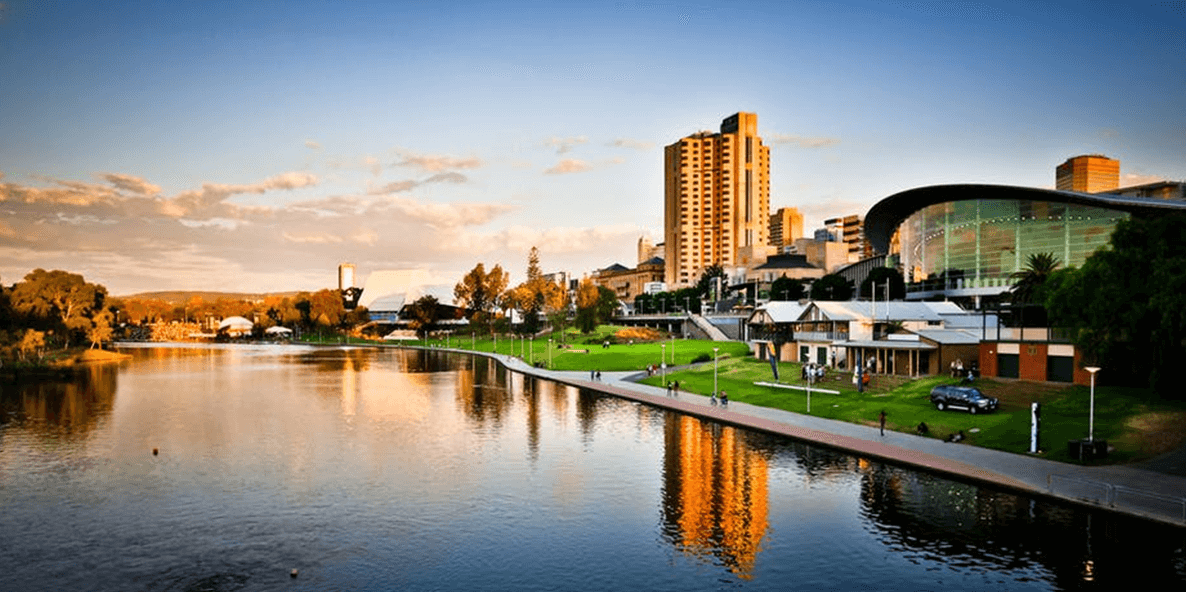
Program Status Update
To manage South Australia’s COVID recovery response, applicants currently residing offshore are able to apply.
Depending on your occupation and situation, there are two state nomination options available for skilled migrants through South Australia.
For South Australian state nomination, prospective applicants must meet the Department of Home Affairs requirements, state-specific occupation requirements and have skills in an occupation that is available on the South Australian Skilled Occupation List. Offshore applicants meeting the minimum published requirements can now lodge an Expression of Interest (EOI).
There is an enormous range of occupations on South Australia’s Skilled Migration Occupation List in a range of industries – search for your occupation here.
South Australia will increase its nominations of offshore skilled migrants in 2022-23. This is in order to make entry to the South Australian labour market faster, due to urgent skills shortages.
To do this, South Australia will select offshore applicants to apply for state nomination from those who have submitted an Expression of Interest (EOI) through SkillSelect. Offshore applicants will not need to lodge a Registration of Interest (ROI) for this year’s program. South Australia will be nominating offshore applicants from over 470 occupations on South Australia’s Skilled Migration Occupation List. To be eligible, ensure all the information in your SkillSelect EOI is up to date and you have selected South Australia as your first preferred state or territory to move to in Australia.
South Australia will be assessing candidates on merit by the following factors, within their nominated occupation:
Before submitting an EOI for South Australia, applicants should check that they meet all eligibility requirements.
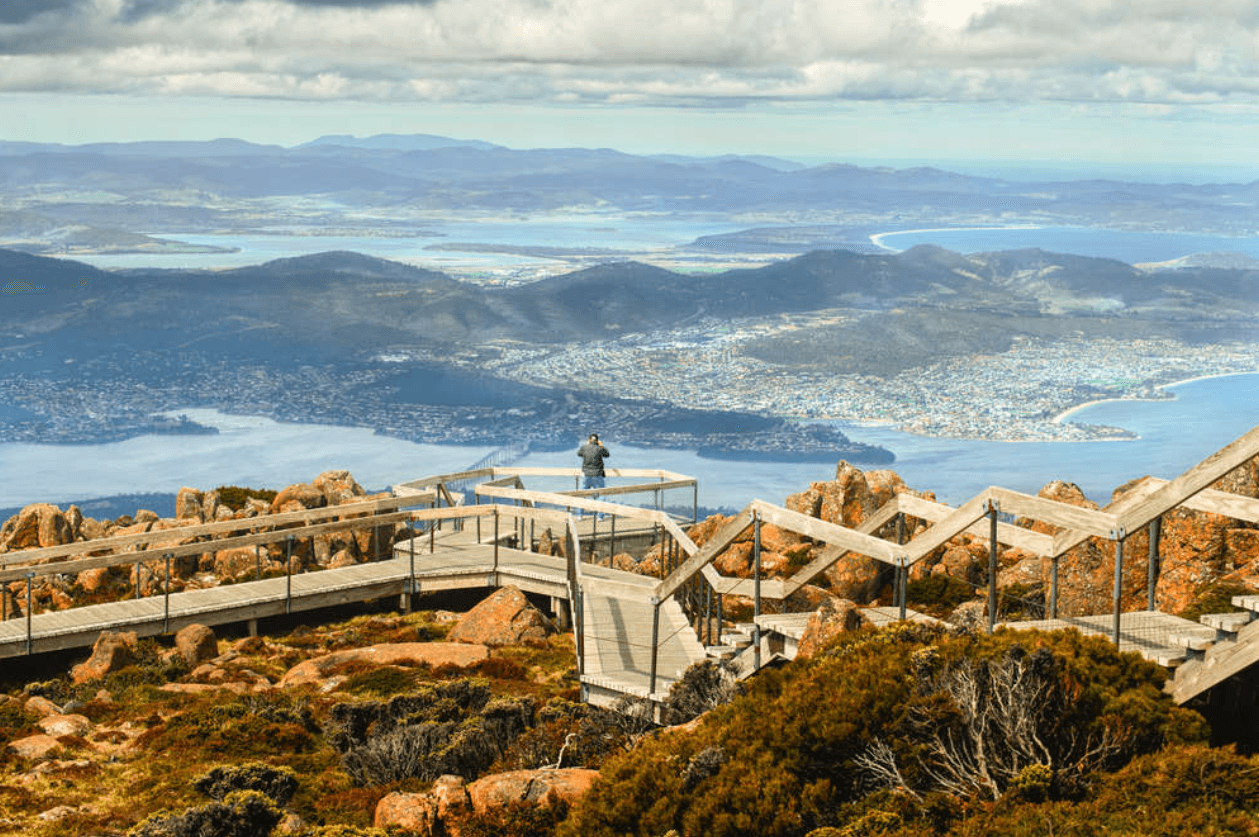
Program Status Update
Working in Tasmania
The two state nomination options available for skilled migrants through Tasmania are:
The Tasmanian State Nomination Skilled Migration Program supports Tasmanian businesses and increases the state’s working age population. It does this by attracting and retaining migrants with skills genuinely in need by employers, or with the capacity to settle in Tasmania through skilled employment in the long-term, and business activities that will increase employment opportunities.
Tasmania’s skilled migration program is for people wanting to move to the state who have skills that Tasmania need. Skilled migrants are attracted to Tasmania because of the state’s enviable lifestyle, career opportunities, affordable housing, reputable schools and a globally recognised university.
The new Migration Tasmania Application Gateway is now open!
The new Migration Tasmania Application Gateway is now open for registrations of interest (ROI) and applications for skilled visa nomination from Tasmania.
Anyone seeking Tasmanian nomination for a Subclass 190 Skilled Nominated Visa or Subclass 491 Skilled Work Regional Visa must now first register in the Migration Tasmania Application Gateway .
Before submitting an ROI for Tasmania, applicants should check that they meet all eligibility requirements for either;
Please also read the Gateway Information Page before applying for a Registration of Interest (ROI).
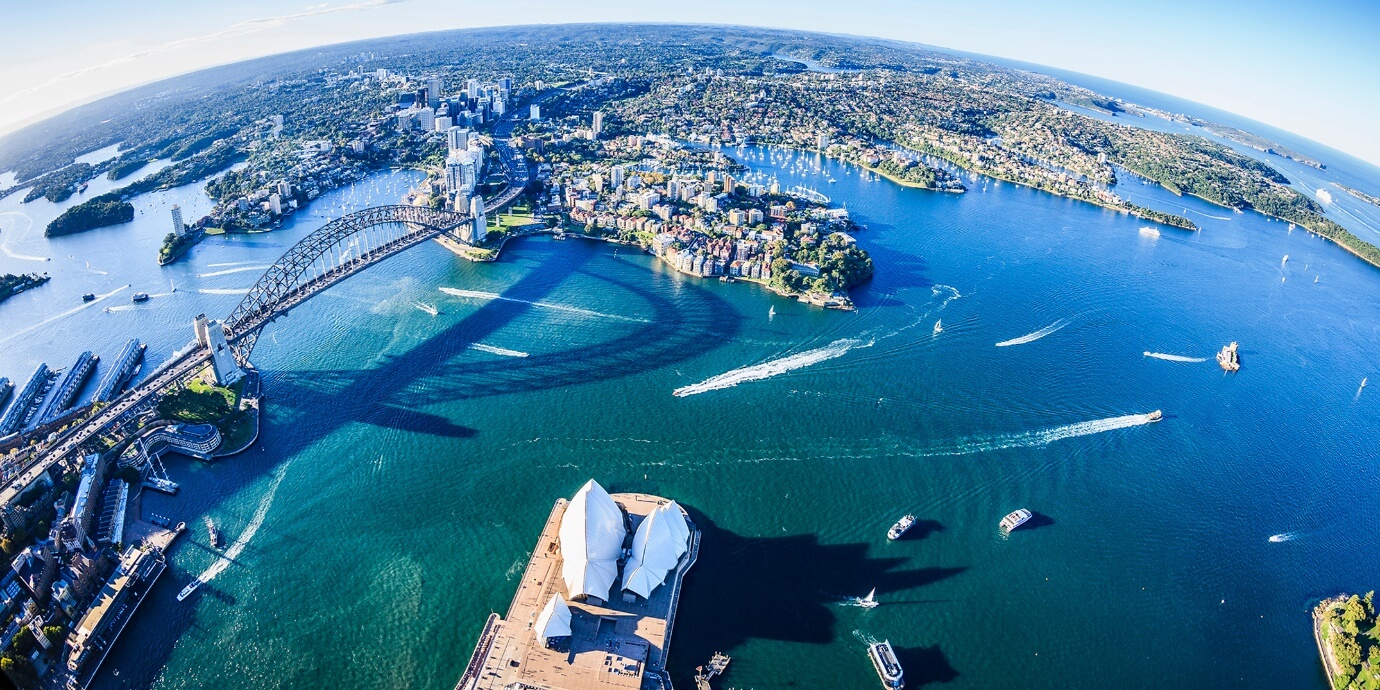
Program Status Update
The New South Wales government has invited applications from offshore migrants under the following nomination streams:
The NSW State Government announced that offshore applicants skilled in certain ANZSCO unit groups are still eligible for NSW nomination.
*Please note: Invitation rounds occur throughout the financial year.
NSW invites and nominates SkillSelect EOIs at the ANZSCO unit group level. To be eligible for NSW nomination (for either Subclass 190 or Subclass 491) you must be skilled in an occupation that both:
It is important to note that not all occupations within ANZSCO unit groups are eligible for the respective visa. It is the responsibility of the prospective migrant to ensure their occupation is eligible for the visa before obtaining a skills assessment.
For the 2022-23 financial year, NSW have introduced a new requirement regarding your Skillselect EOI. To be eligible for NSW nomination, your Skillselect EOI must be for ONE visa and for NSW only.
This means that if your Skillselect EOI has multiple visas and/or multiple states selected (this includes selecting ‘ANY’), your Skillselect EOI will not be considered for NSW nomination.
The skills lists for 2022-23 are available on the Investment NSW website. Additional ANZSCO unit groups will not be added this financial year, however, the skills lists are reviewed annually.
For a further explanation of how the skills list works, see the Common questions about skilled visas page on the NSW Government website.
Before submitting an EOI for New South Wales, applicants should check that they meet all eligibility requirements for either;
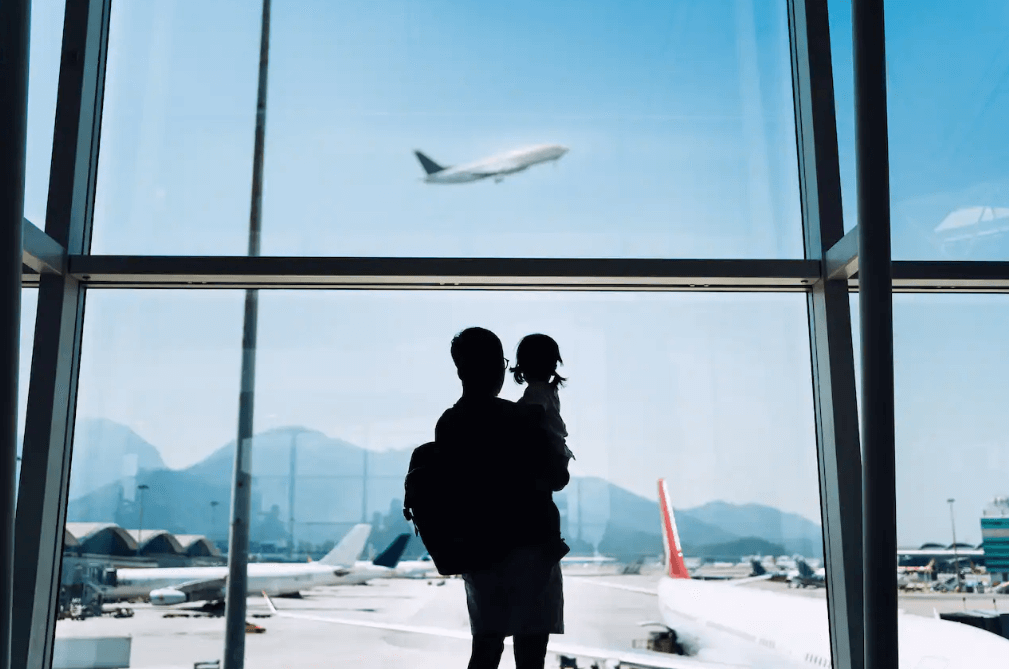
The Department announced on the 4th of November 2022 that a new Ministerial Direction for prioritising skilled visa applications has come into effect as of 28th October 2022.This new Ministerial Direction will cease the Priority Migration Skilled Occupation List (PMSOL), as sectors that had occupations on the PMSOL also had a critical shortage of many other occupations that weren’t on the PMSOL. With the new Ministerial Direction more occupations within these sectors will be processed faster and more efficiently!
The Skilled Occupation List (including MLTSSL, STSOL, ROL and RSMS lists) remains active. You can view the summary version of Australia’s current Skilled Occupation List via ‘Step 1’ in the Member’s Area. Note, the Skilled Occupation List is a permanent part of Australia’s migration program and as such remains in effect indefinitely.
The new Ministerial Direction states the following:
This Ministerial Direction is temporary and may change as Australia recovers from the pandemic. The Government and the National Skills Commission will continue to monitor the impact of COVID-19 on the Australian labour market and assess Australia’s skills needs as they evolve and new sources of data emerge.
There has been no additional changes during the month of December 2022 to the Ministerial Direction. Strengthened labour market testing will continue to allow numbers of ‘sponsored skilled workers’ to migrate to Australia to fill urgent skills needed in critical sectors, helping to create Australian jobs and rebuild Australia’s economy.
This bulletin segment will be updated with the most up-to-date information when Ministerial Priorities change.
The Priority Migration Skilled Occupation List (PMSOL) was a temporary list that identified 44 occupations. Even though the PMSOL is no longer active, the occupations on this list still remain critical in supporting Australia’s economic recovery from COVID-19. The list is based on expert advice from the National Skills Commission and in consultation with Commonwealth departments.
As of 27th October 2022, 44 occupations were on the PMSOL including (ANZSCO codes):
It is important to reiterate, that even though the PMSOL is no longer active, the above occupations continue to remain critical in supporting Australia’s economic recovery from COVID-19 and international border closures.
The Results of the August 2021 census were made public on 12th July 2022, and revealed that Australia has become a majority migrant nation, as the census data shows for the first time that more than 50 per cent of residents were born overseas or have an immigrant parent. Last year’s census counted nearly 25.5 million people, including 1 million new residents.
As of 9th September 2022, people entering Australia do NOT need to provide evidence of Covid-19 vaccination status. Additionally, people leaving Australia will NOT be asked to provide evidence of their vaccination status. Unvaccinated visa holders do NOT need a travel exemption to travel to Australia. It is however important to remember that airlines, vessel operators and other countries may have specific requirements that travellers need to comply with.
Please see the list of vaccines that are recognised by the Australian government for travel purposes here.
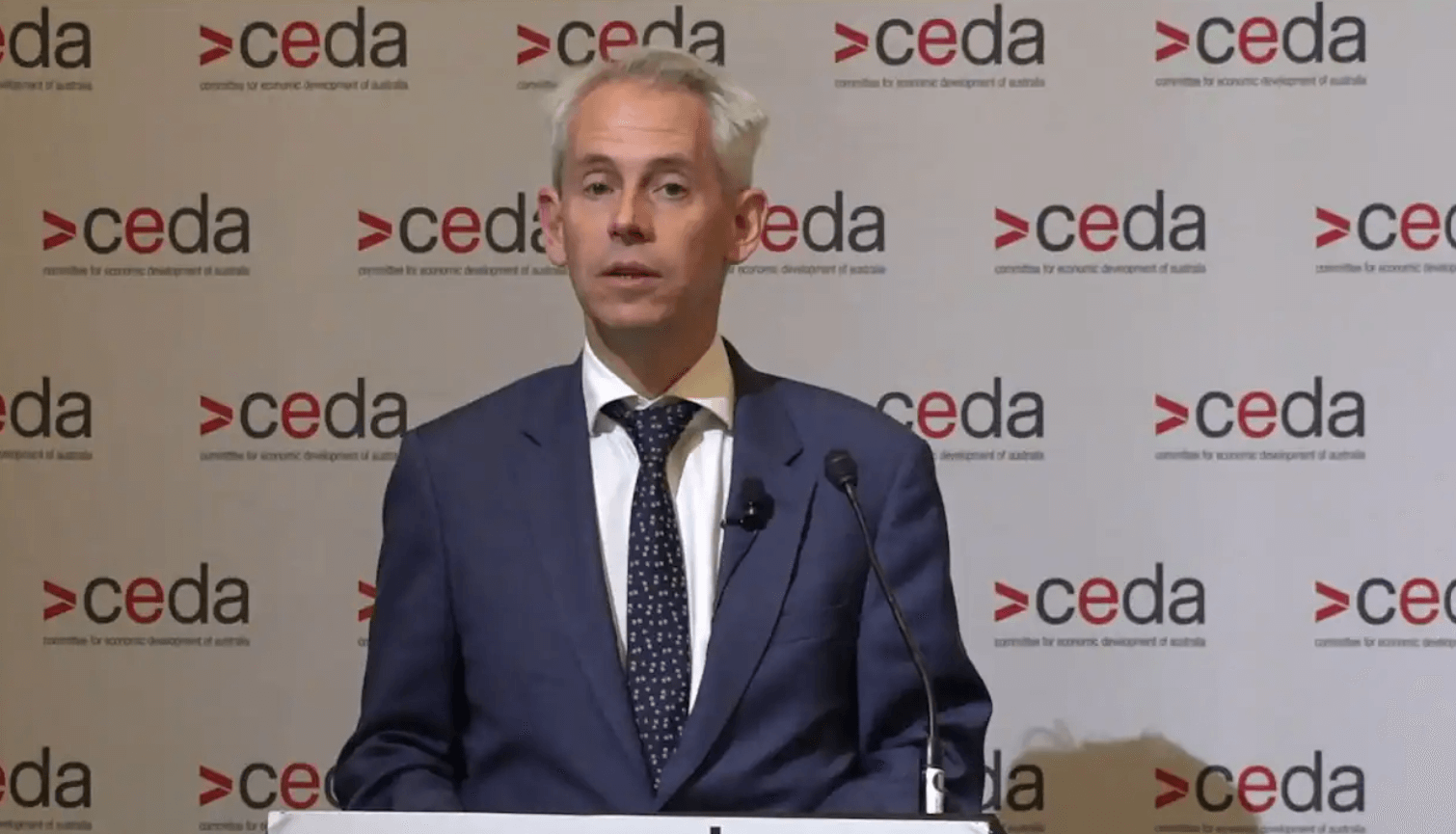
Immigration Minister Andrew Giles has acknowledged the lack of skilled workers is one of the biggest economic challenges facing Australia.
He said the government had increased the 195,000 permanent skilled visas available this financial year from 160,000.
“No migrant should be ‘permanently temporary’ and this larger program helps to ensure we don’t simply ramp up temporary migration, forcing people to live for years in precious conditions, devoid of any certainty,” Mr Giles told the CEDA conference on migration last month.
The government has also announced 20,000 extra university places in Australia and 180,000 fee-free TAFE places have been brought forward.
A review into Australia’s immigration system is also underway, with experts to look at whether it is serving the national interest, with an interim report expected by the end of February.
“International mobility is already important for economic activity. For Australia, this importance will continue to grow over time,” Mr Giles said.
“We need a system that attracts and retains talent — a system that is simple, efficient, and complementary to the skills existing in Australia.”
Australia still among most attractive destinations
Studies conducted prior to the pandemic ranked Australia as the top or one of the top destinations for skilled workers.
A study of OECD countries on Indicators of Talent Attractiveness released in May 2019 found the US was seen as the most attractive destination for skilled workers because of the “quality of opportunities”, income and tax arrangements, good amenities and quality of life. Australia and New Zealand followed closely behind due to their inclusive societies and good future prospects.
But when policies to gain entry to the country were taken into consideration, the US lost its top spot in favour of Australia, which had lower visa refusal rates and less restrictive quotas for highly skilled workers.
If migration policies are taken into account, the top five most attractive OECD countries to highly skilled workers were Australia, Sweden, Switzerland, New Zealand and Canada.
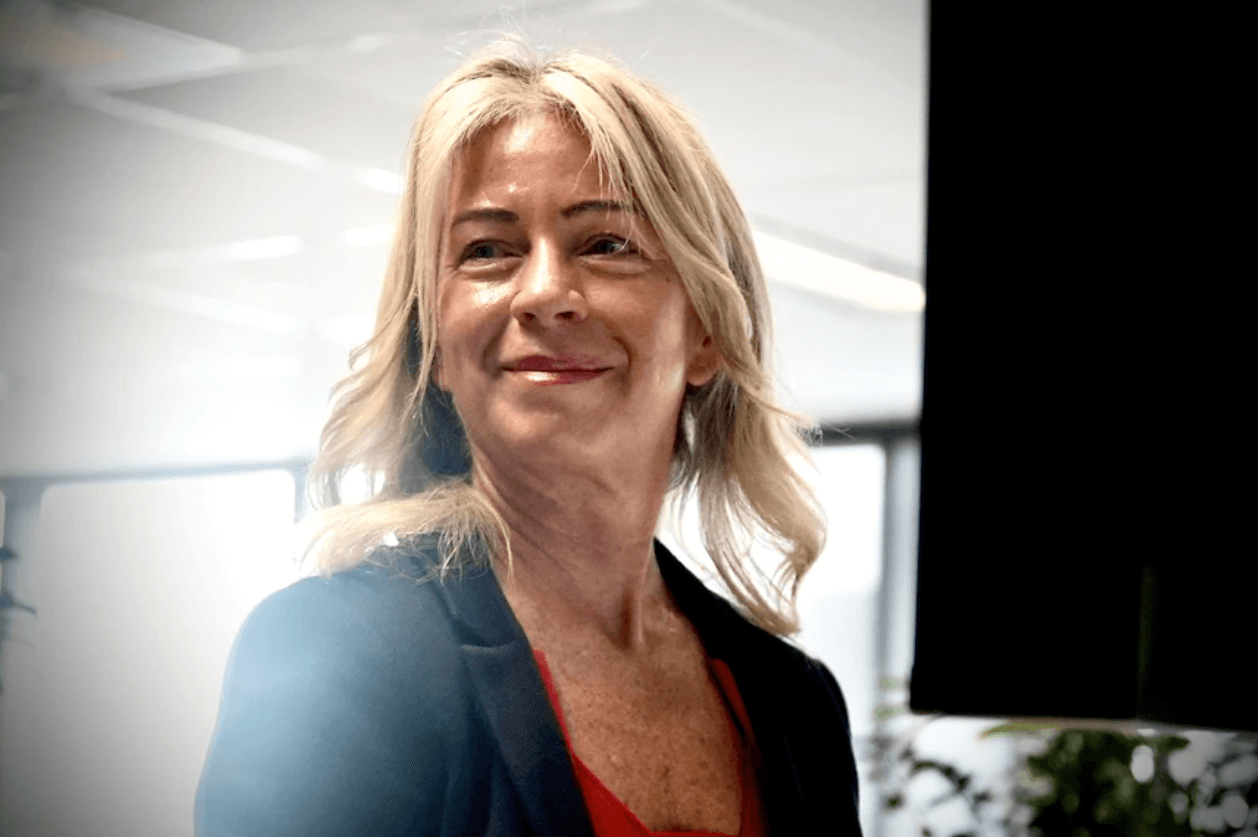
Australia’s unemployment has fallen back to its lowest point since 1974, but some experts question whether it can stay there much longer as borders reopen and employers regain access to a global labour pool.
Official estimates from the Australian Bureau of Statistics put Australia’s unemployment rate at 3.4 per cent, down from 3.5 per cent for the past couple of months and equal to a low set in July this year.
About 32,000 jobs were added to the economy in October, with strong gains in full-time work offsetting a small decline in part-time jobs.
Underemployment is also the lowest it has been since just before the global financial crisis, in August 2008, at 5.9 per cent.
Combining the unemployed with the underemployed, the under-utilisation rate fell to 9.3 per cent, its lowest level since March 1982.
“There are now around 236,000 fewer unemployed people and 365,000 fewer underemployed people than in March 2020,” ABS head of labour statistics Bjorn Jarvis said.
The proportion of Australians in work or looking for it has remained steady, with the low unemployment figures meaning there are close to record levels of people in jobs.
‘Demand for workers hasn’t deteriorated’
Callam Pickering, an Asia-Pacific economist at jobs website Indeed, said the data showed the Reserve Bank probably had more work to do lifting interest rates to cool the economy and prevent wages chasing inflation higher.
“This jobs report confirms that the demand for workers hasn’t deteriorated at all since the RBA began hiking rates in May,” he said.
“If Australian businesses were genuinely concerned about the economic outlook and the impact of high inflation and rising interest rates then we’d expect them to pull back on their hiring.”
Mr Pickering said he saw signs that many workers were taking advantage of the strong employment conditions to seek a bigger pay rise.
“This is a job market that remains incredibly favourable to jobseekers, and challenging for recruitment,” he said.
“Jobseekers have greater choice in where and how they work and are well positioned to bargain for higher wages or better conditions.
“They have also taken advantage of that, pushing job mobility to a decade high.”
Supply of workers set to surge
But while the demand side of the equation remains strong, bottlenecks in the supply side are being ironed out.
A key one has been the lack of inbound workers from overseas during the pandemic, but this is now starting to change.
Preliminary ABS figures from earlier this week showed a 13.4 per cent jump in overseas arrivals, compared to a small rise in departures.
“Since August 2020, total arrivals have eclipsed departures by 195,030,” noted CommSec chief economist Craig James.
“Basically this result was achieved in one month – last month – October 2020. Before last month, arrivals have matched departures for the 27-month period.”
While many of these arrivals are short-term tourists, there are also healthy numbers of longer-term backpackers, students and other visa holders with working rights.
Georgiou Denzel is one of those recent arrivals, coming to Sydney from his home in the Philippines earlier this year.
He had wanted to come earlier to study early childhood education, but the closed border kept him away.
“When the borders opened I immediately came here because I was supposed to be [here] in 2021,” he said.
While studying for his early education qualifications, since April Mr Denzel has also been working as a kitchen hand at Blue Fish cafe in Sydney’s Darling Harbour.
“I’m doing dishwashing and preparing all the things to be cooked by the chef,” he said.
His boss, Blue Fish managing director Glenn Boyland, said most of his staff were migrant workers.
“Over the 23-year history of us here, we always had a flow of very friendly backpackers coming in with their resumes, and students, leaving them here and requesting employment,” he explained.
“The last two, three years, we would be lucky to have one person, if not maybe two, a month that might wander through and ask us about that.”
Mr Boyland said the number of applicants had not yet returned to the rate it was before COVID-19 hit.
“Once the doors started opening again after COVID restrictions quietened down, we found ourselves with a high level of demand but we had a shortage of workers,” he said.
Veeran Ragavan, originally from Malaysia, who works as a barista and waiter at the cafe, is happy to finally be welcoming some of his friends from back home to Australia.
“A couple of my friends … they planned to come to Australia for study. Unfortunately during COVID they couldn’t fly and they couldn’t even apply for the visa,” he explained.
“The good thing is they just came, I think three months ago, so just recently they have been approved the visa and finally they are here.”
Overseas worker arrivals ‘starting to take off’
Professional services recruitment firm Robert Half surveyed employers about their hiring intentions, with most of them saying they would recruit from overseas to help fill their workforce shortages.
“It was very slow to kick off with, in terms of international talent coming onto Australian soil, but now we’re just starting to see that really take off,” Robert Half director Nicole Gorton said.
Mailk Rehman moved to Australia from Saudi Arabia four months ago.
“I decided [to move to Australia] in 2018, but then I procrastinated and I thought that I’m going to move one day or another. Eventually COVID hit,” he said.
“Post-COVID, the Australian market, rather than just reducing the number of vacancies, it has it actually doubled, and it was a good opportunity.
“The market is really booming, specifically for the cybersecurity people.”
Mr Rehman takes on contracts consulting for businesses about cybersecurity risks.

A better skilled migration program could be the solution to Australia’s major economic challenges, a new report says.
A lack of productivity growth, growing debt in the federal budget and the economy’s transition to net-zero could be assisted by key reforms, the submission by the public policy thinktank, the Grattan Institute, to the federal government’s migration review has said.
The submission said that due to the diverse objectives of Australia’s migration program, the government should continue to target permanent skilled visas at higher-skilled migrants.
This would allow them to stay in Australia for longer and contribute to the economy.
A second recommendation was to change policy to ensure permanent employer sponsorship was available for workers earning more than $85,000 a year in any industry.
The institute said this would better target migrants with valuable skills, simplify the sponsorship process, offer clearer pathways to permanent residency and boost Australian government budgets.
It also said while the temporary visa system helped to fill worker shortages, they also made up most of the pool for permanent applications which meant that program should also be targeted towards highly skilled migrants.
The institute estimated these reforms could boost federal and state government budgets by a combined $159bn over the next three decades and by $27bn over the next decade alone.
In September, the home affairs minister, Clare O’Neil, announced that Australia would lift its permanent skilled migration cap to 195,000 places for this financial year, up from 160,000.
A comprehensive review of Australia’s migration system is expected to release a report by the end of February.

As one of the leading countries for higher education, Australia is famous for so much more than just its warm climate, beaches and kangaroos. The Land Down Under is home to over 43 universities of which 36 institutions were ranked in the QS World University Rankings for 2021.
Thanks to its excellent learning and teaching resources, every year Australia brings in thousands of international students. This year alone the country has seen over 550,409 international students.
Studying here is a dream many students want to pursue. Not only do they stand to earn a degree respected globally, they’ll get to explore the finest Australia has to offer too, from Melbourne’s coffee culture to Sydney’s legendary nightlife, from celebrated vineyards to the legendary sunsets and stark charms of the Australian bush.
This dream, however, is expensive for most of us. The average cost of higher education ranges from 20,000 to 45,000 Australian dollars annually. This, coupled with the average cost of living between A$1,400 and 2,500 a month, can burn many holes in an average international student’s pocket.
Though Australia has many scholarships and financial aid options available for students, there just aren’t enough to go around.
But don’t let all of this stop you from fulfilling your dream of studying in Australia. There’s still one more recourse: affordable universities in Australia where you can study without breaking the bank.
Here is a list of five of the cheapest universities in Australia for international students:
Despite producing ground-breaking research, championing sustainability, and supporting gold-winning athletes and award-winning alumni, UniSC’s fees are affordable. The annual cost of pursuing a degree here starts as low as A$24,400.
What’s more, international students only pay as low as A$21,280 annually to pursue a bachelor’s degree at Charles Sturt University.
That’s not all. FedUni is the alma mater of Australia’s leaders, innovators and thinkers for 150 years. ranked in the top 100 worldwide for Reduced Inequalities, Sustainable Cities and Communities and Gender Equity. It is also ranked in the top 20% of universities globally in Quality Education (SDG4), and in the top 25% of universities globally in Good Health and Well-being (SDG3), Affordable and Clean Energy (SDG7), Peace and Justice (SDG16) and Partnership for the Goals (SDG17).
Studying here is affordable. Its annual fee for the Bachelor of Arts is A$15,750. The university offers financial aid, textbook and laptop vouchers, and scholarships as well.
The university’s undergraduate and graduate programmes are spread across six schools, two colleges, and two research centres. This includes the School of Health and Human Sciences, the School of Education, the School of Arts and Social Sciences, the School of the Environment, the School of Science and Engineering, the School of Business and Tourism, the School of Law and Justice, the SCU College, and the Center for Peace and Society. Maintaining Justice, National Marine Science Centre, Gnibi University of Indigenous Australia.
SCU first opened in 1994 and has maintained its global position among the 2022 Times Higher Education Young University Rankings. The annual cost of an undergraduate programme at SCU starts as low as A$28,000.
Due to its quality education and affordability, SCU has a large international student body, with 3,338 of its 15,967 students coming from outside Australia.
UniSQ offers more than 600 specialised professional programmes for undergraduate, postgraduate, and doctoral students. The most popular programmes are in business, education, law and arts, health, engineering and science, indigenous research colleges, education, and research.
The institution admits more than 24,000 students each year. The annual tuition fees for this university cost around A$25,038.
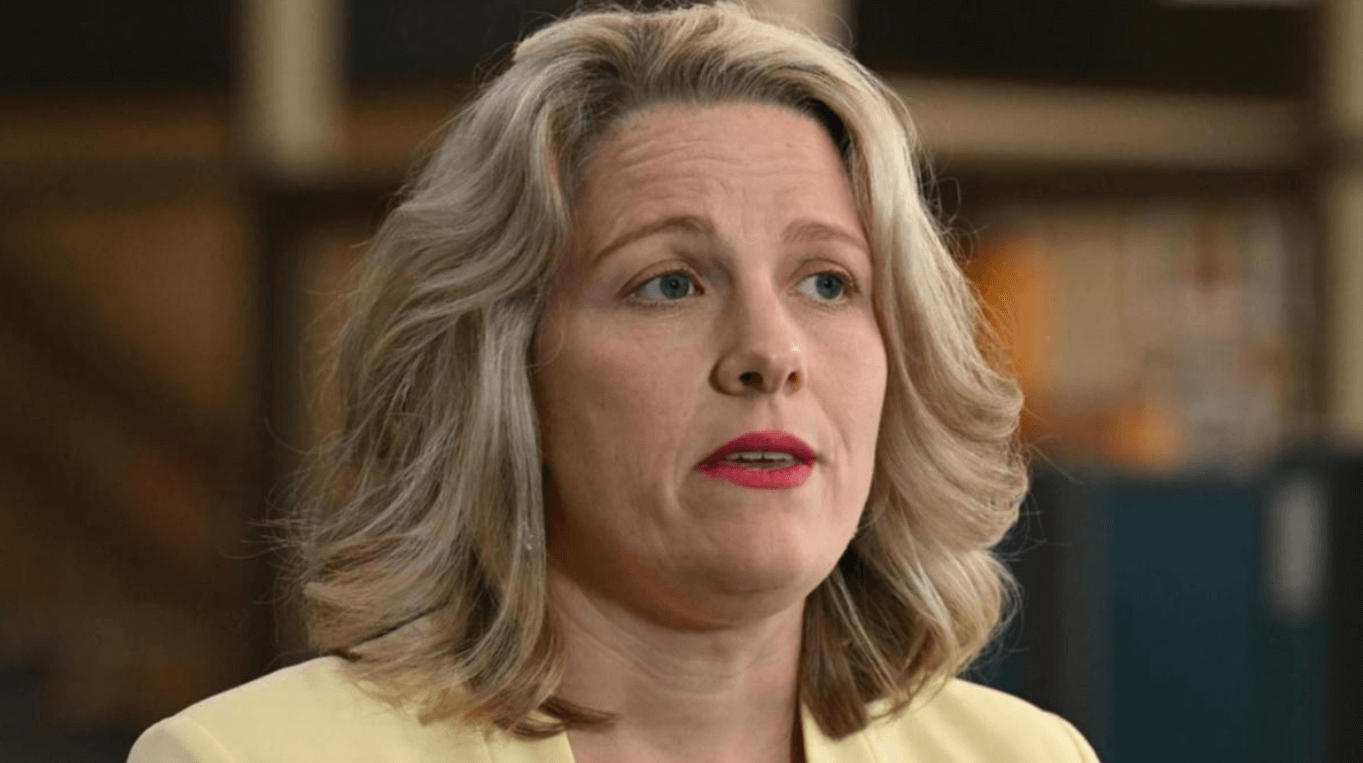
Universities are calling on the federal government to streamline and simplify its migration processes to help attract the world’s best researchers and drive economic growth.
In a submission to the government’s migration review – launched by Home Affairs Minister Clare O’Neil in September – the peak body representing tertiary institutions said Australia was falling behind the rest of the world because of its complicated visa structures.
Research students are waiting up to three years for their visa processing outcome while less than a third of international graduates are using their post-study work rights in Australia.
She said the statistics were unsurprising given the system had barriers such as extended wait times, a lack of visibility on application status and little certainty for prospective students and staff.
“With around 100 visa subclasses, our migration system is overly complex and not fit-for-purpose,” Ms Jackson said.
“It deters rather than encourages the talented people we need.”
Universities Australia proposes that the government automatically grant temporary graduate visas to international students who finished their courses as well as improve reporting processes so people have up-to-date information about their application status.
The body also recommended establishing a priority system in Australia, similar to the United States green card, to encourage a more flexible migration system.
“It’s time to hit the reset button and design a migration system that supports Australia’s future,” Ms Jackson said.
“The current settings are slowing the flow of skilled workers and researchers who drive our economy and progress and are holding back international students who make us stronger.”
In an effort to address skills shortages across the nation, Ms O’Neil announced Australia would lift its permanent skilled migration cap to 195,000 places for this financial year, up from 160,000.
She also launched a comprehensive review of Australia’s migration system which is expected to release a report by the end of February 2023.


The Socceroos are set to jump 11 places, from 38th to 27th in the FIFA world rankings, after their World Cup performance in Qatar. December 2022

Australia’s Emma Dieters wins ISA World Para Surfing Championship title. Pismo Beach, California. December 2022

The Boxing Day Test, Australia vs. South Africa at the MCG was unmissable!! Melbourne Cricket Ground (MCG), Melbourne, Victoria. December 2022

Australia wins T20 series 4-1 in India, claiming 54-run victory. Mumbai, India. December 2022

What a picturesque place to watch Test cricket! Adelaide Oval, South Australia. December 2022

The annual ‘Carols in the Domain’ celebrated its 40th anniversary with a stellar line-up and had lots of surprises! Sydney, NSW. December 2022

‘Carmen on Cockatoo Island’ was an unforgettable night out with the ultimate femme fatale island performance! Sydney NSW. December 2022

‘ALWAYS LIVE’ turned up the volume at the state-wide event celebrating contemporary music from home and abroad! Melbourne, Victoria. December 2022

This year’s ‘Woodford Folk Festival’ was filled with incredible music, dance, cabaret, circus, comedy, workshops, debate, street theatre, films, thought-provoking forums, and visual arts. A total of over 400 acts presenting 1,834 shows! Woodford, Queensland. December 2022

Moment captured of a cute echidna checking out his front feet! Tasmania. December 2022

A beautiful sunset at Uluru! Uluru, Northern Territory. December 2022
As legislation and travel requirements are constantly changing, we strongly recommend obtaining advice on your individual situation from a Registered Migration Agent. Please click here to book a consultation with one of our Registered Australian Migration Agents, located in Australia.






You can manage your membership and billing method by clicking here
Terms of Service
Privacy Policy
Copyright © 2025 Office of Immigration Australia, a private company registered in Australia. All Rights Reserved.